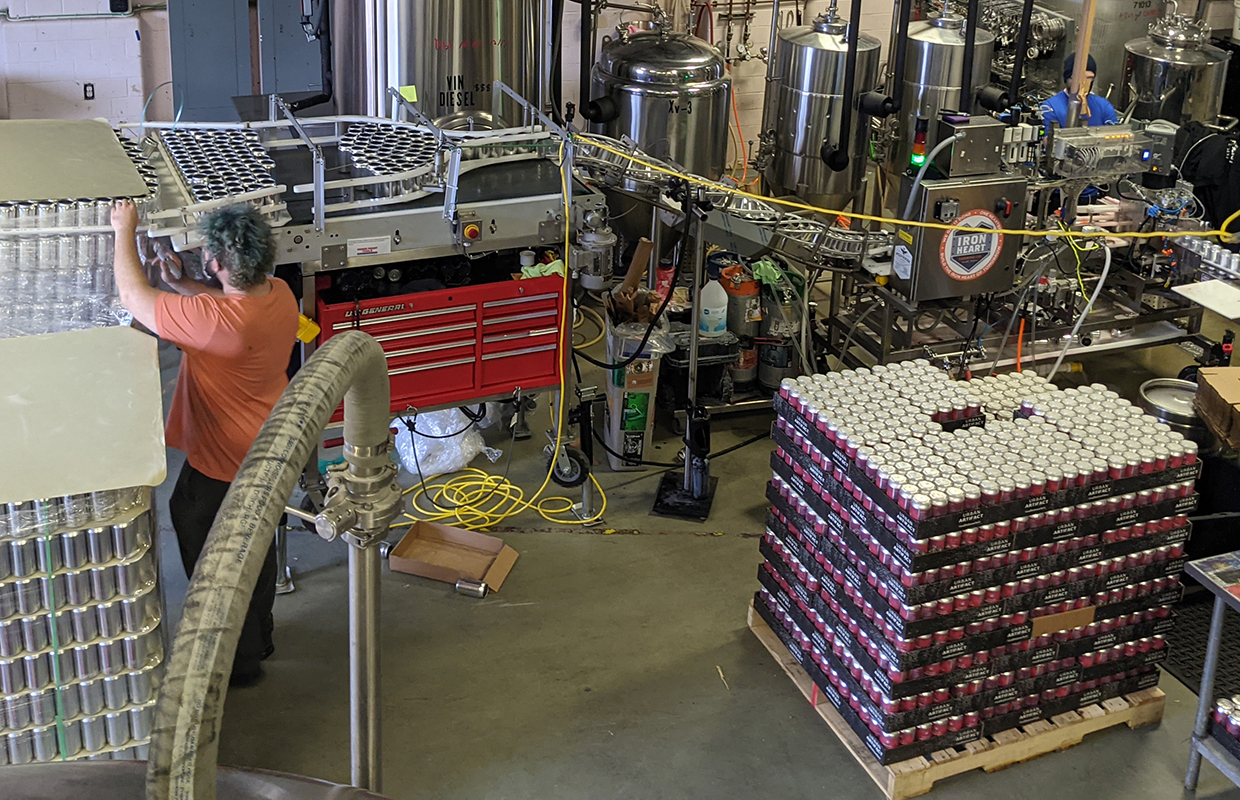
Launching a brewery is an ambitious and rewarding journey that requires careful planning and decisive execution. By the time you reach six months from your target opening date, you should have already completed several foundational steps, and you’ll still have critical work ahead to bring your vision to life.
What Should Already Be Accomplished
At six months out, your foundational business planning should be complete. Your business plan, including financial forecasts, equipment costs, target customer segments, and growth strategy, should be finalized. This plan is crucial not only for guiding your own decisions but also for securing funding. By this stage, you should have financing in place, whether through loans, investors, crowdfunding, or personal capital.
You should also have secured your location and negotiated a lease or purchased your property. This site should be zoned appropriately for brewing and meet local requirements for utilities, drainage, and occupancy. If you haven’t already, engage with an architect or contractor to create plans for any build-out, including plumbing, electrical, and ventilation systems.
On the regulatory front, several key licenses and permits should be in progress or approved. Your federal brewer’s notice through the TTB (Alcohol and Tobacco Tax and Trade Bureau) typically takes several months to process. Your state and local alcohol licenses and business registrations should already be submitted. Waiting too long to start these applications can derail your timeline.
Your core equipment orders — brewhouse, fermentation tanks, glycol system, kegging, bottling, or canning line — should be finalized and deposits paid. Many manufacturers have long lead times, so delaying these purchases can cause significant delays.
Your branding and marketing groundwork should be well underway. This includes logo development, naming, brand story, and a website in development. If you plan to distribute or package your beer, label design should start, as TTB label approvals also take time.
What Must Be Accomplished in the Next Six Months
The final six months are when plans must become reality. Construction or renovation of your facility should be your most immediate priority. Coordinate closely with your contractor to stay on schedule. Ensure utilities are installed to specification, flooring is appropriate for brewing operations, and all drains, walls, and finishes meet health department standards.
You’ll need to receive and install your brewing equipment, including verifying that all components are working and properly calibrated. Plan for test runs and water brewing before your first production batches. This phase is also when you should finalize relationships with suppliers — malt, hops, yeast, and packaging materials — and set up accounts with distributors if you’ll be selling beyond your taproom.
Staffing becomes essential in the last few months. Write job descriptions and begin hiring and training your team, including brewers, cellar workers, bartenders, and any administrative staff. Establish your payroll system, workers’ compensation insurance, and employee handbook.
READ MORE: Test Kitchen: Reflections on a Reopening
From a compliance perspective, you will need to schedule inspections — building, fire, health, and any alcohol regulatory site visits. If you have not completed your TTB and state licensing by this point, follow up urgently to avoid delays.
Marketing efforts should accelerate. Start building buzz on social media, engage your community through behind-the-scenes updates, and consider launching a pre-opening membership or mug club. If you plan to host a grand opening, set the date and begin promoting.
Finally, develop your initial production schedule and recipes. Perform pilot batches to finalize your core lineup. Ensure all standard operating procedures for cleaning, brewing, and serving are documented and your team is trained.
By the end of the six months, you should be fully licensed, fully equipped, and fully staffed, with beer ready to serve. Staying proactive and disciplined through this timeline will set the stage for a successful launch and a sustainable business.






Be the first to comment